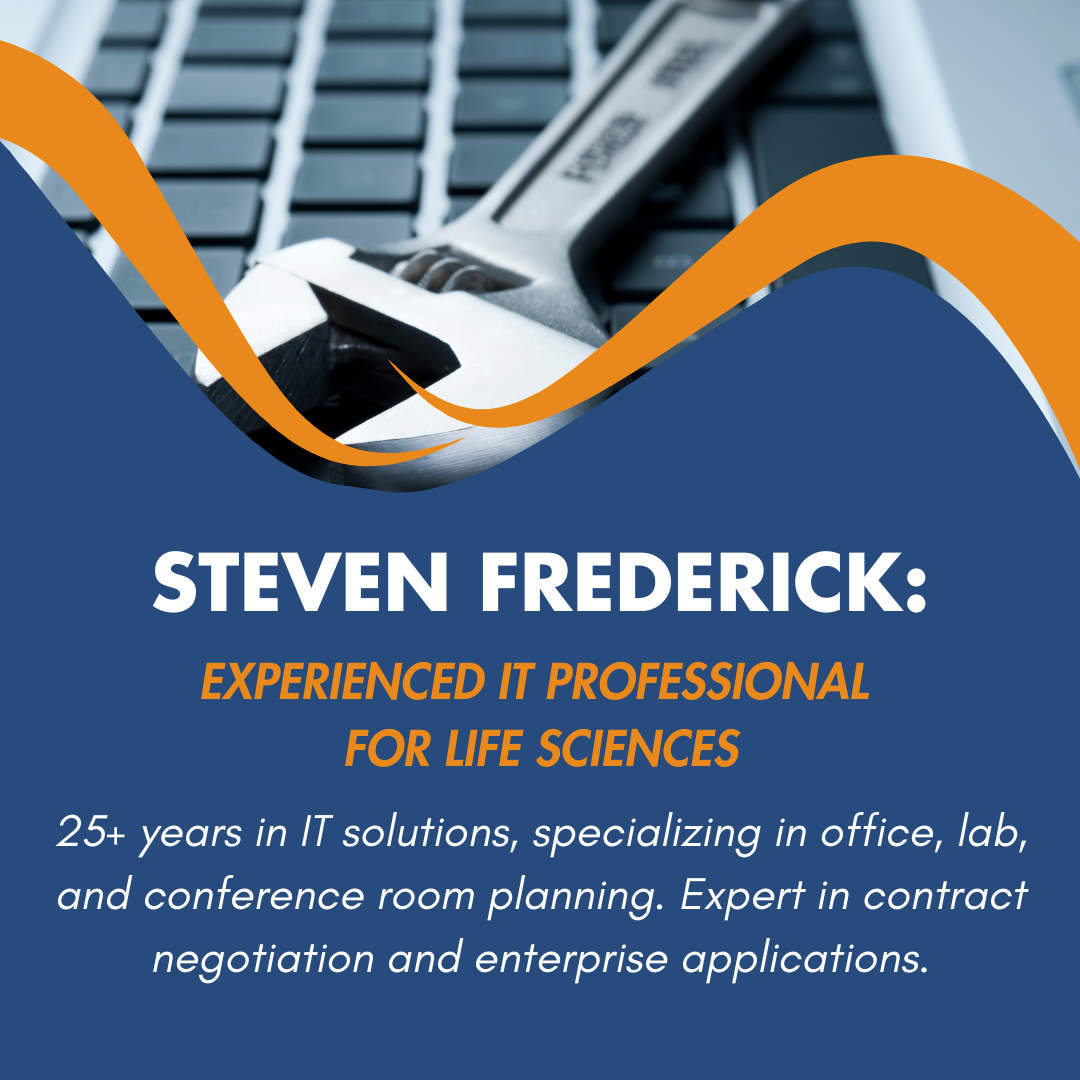The Case for Change
Most executive search fee structures aren’t aligned with performance or client success. The traditional front-loaded ⅓ + ⅓ + ⅓ at 30% model rewards predictability for the firm, not outcomes for the client. In practice, most firms collect nearly two-thirds of their fee — an upfront retainer and a second installment triggered by something as trivial as presenting a shortlist or scheduling interviews, long before a hire is made. Only the final third is tied to an actual placement, and even that rarely reflects the true accountability or risk-sharing that clients should expect.
Sourcing/Research: what was once an exclusive art, has been partially commoditized by technology. Today, the real recruiting value lies in judgment, assessment, engagement, and closing top talent quickly. But even with a search partner, internal hiring teams still shoulder much of the work through interviews, calibration, and onboarding. Current executive search pricing should reflect that shared effort and risk.
Executive search has a far better risk/reward profile when it shifts to outcome-based models like a flat fee paired with long-term success milestones. These frameworks foster search quality, reward performance that lasts, and align the cost with results.While such approaches are atypical now, they will be the norm as AI squeezes firms to trade up their service and delivery models.
The front-loaded model, long upheld by the old-guard search-firm oligopoly, is ready to be replaced by modern structures that deliver lasting value. As AI drives efficiency across professional services, executive search will have no choice but to evolve toward accountability, adaptability, and measurable outcomes.
What Are You Actually Buying?
When you hire a search partner, you’re not paying for a list of names. Instead, you’re paying for expert judgment.
The real value lies in rigorous assessment and vetting through tools like competency scorecards, ethical backchanneling, and reference patterning. These methods separate informed insight from guesswork.
It’s also about narrative craftsmanship: creating credible, candidate-specific stories that align expectations, elevate perception, and help close the right hire. Add process discipline, curated slates, stakeholder alignment, and a sense of urgency that keeps time-to-offer on track, and you have the true ingredients of an effective search.
If those are the real value drivers, then fees shouldn’t reward time spent or effort invested. They should reward progress, precision, and outcomes that survive beyond the first 90 days.
Models That Align Cost With Outcomes
Models that align cost more closely with outcomes rather than activity are a part of the new generation of executive search fee structures. Below are three frameworks that balance commitment, accountability, and flexibility depending on a company’s stage and hiring volume.
Model 1: The Classic Contained Approach
The contained search remains one of the most widely used models in executive recruiting. It’s a hybrid between retained and contingent search that balances commitment with accountability.
Under this structure, the total fee is benchmarked at say 25% of the candidate’s base salary(only), billed in two stages:
- Engagement Fee: A modest upfront payment (typically one-third of the total) to initiate the search, fund research, and secure dedicated recruiter bandwidth.
- Placement Fee: The remaining balance is paid only when the candidate accepts an offer or starts, directly linking payment to a successful outcome.
Unlike pure contingency, the contained model provides clients with prioritized attention, defined deliverables, and clear time-to-slate expectations. This model holds the firm accountable for results.
Most agreements include a replacement warranty (typically 90-180 days) if the hire leaves for performance-related reasons.
This model is simple, predictable, and performance-based which is ideal for organizations seeking accountability without the rigidity of a fully retained search.
Model 2: Performance-Linked Milestone Model
The performance-linked milestone model benchmarks total fees in the 25-30% range of the candidate’s base salary, distributed across three outcome-based stages rather than front-loading cost.
- Kickoff Retainer (Initiation): The first third covers upfront alignment. It defines success metrics, role scorecards, and sourcing strategy. It also ensures both parties are invested before the search begins.
- Placement Fee (Execution): The second installment is triggered when the candidate accepts an offer or starts, rewarding the firm for execution and delivery of the agreed shortlist-to-hire outcome.
- Performance Fee (Validation): The final third is due roughly 180 days after the candidate starts, but hinges on the client confirming the hire is performing to pre-agreed KPIs or success benchmarks.
A replacement warranty applies if the hire leaves voluntarily or is managed out for performance reasons, but not in cases of company-wide reductions in force or organizational change.
This model directly links payments to value creation and sustained success, reframing executive search as a shared-accountability partnership rather than a transactional service.
Model 3: Embedded / Exec-RPO Model
The embedded or Exec-RPO (Executive Recruitment Process Outsourcing) model is designed for companies hiring multiple roles or building out entire functions. Rather than paying per search, clients retain a dedicated recruiting resource or team on a monthly subscription with defined service-level agreements (SLAs) and measurable outcomes.
A typical setup includes a senior level recruiter, a sourcing specialist, and a coordination or operations lead(sourcing and coordination are often combined) who integrate directly into the client’s workflow. Monthly fees would start at around $15k and go upward depending on volume, complexity, and the seniority of roles supported.
While most Exec-RPO models do not include a success fee, companies that want stronger pay-for-performance alignment can introduce a modest success component. For example, 2-5% of the placed individual’s annual salary is paid only after the new hire is onboarded and remains in good standing. This deferred-reward structure isn’t yet standard practice, but it’s a logical, progressive way to tie recruiter incentives to long-term retention rather than transactional speed.
The key benefit is having a fully dedicated recruiter who embeds within the company, serving as a trusted liaison between hiring managers and candidates. Multiple searches can run concurrently, and communication is streamlined through shared systems, cadence meetings, and real-time collaboration.
This structure often attracts experienced agency recruiters, including those from brand-name search firms who want to transition into a more embedded or corporate-facing role while maintaining a performance-driven approach. However, it’s critical to engage recruiters with true agency experience rather than corporate generalists who primarily screen inbound applicants.
The embedded model offers clients greater control, flexibility, and cost predictability. It works especially well for scale-ups, portfolio companies, or multi-function buildouts, where continuous hiring velocity and consistent candidate experience matter more than one-off placements.
Vetting and Engagement: Guardrails for a Better Search Partnership
Once you’ve settled on a model, the next step is ensuring your engagement terms protect your interests. Even the best fee structure can fail without clear guardrails on process, ethics, and accountability.
- Don’t take firm pricing at face value
Most firms will try to influence urgency by implying scarcity. They’ll say things like, “Only we can do this search.” In reality, you have leverage to negotiate, and you should. Firms will often adjust on total fee, payment milestones, or warranty terms if pressed. Instead of agreeing on the spot, let them know you’re evaluating multiple options and will follow up after review. - Include anti-kickback or emoluments clauses
It’s not uncommon for firms to gain introductions through internal “pay-to-play” referrals. Protect against this by requiring written confirmation that no compensation, incentive, or referral payment has been offered or accepted to influence the award of work. - Ask who will actually do the work
The person pitching the engagement isn’t always the one executing it. Clarify who will lead and manage the search day-to-day. That individual effectively becomes the face of your company and their professionalism, tact, and fluency directly shape candidate impressions. - Vet references independently
Don’t rely solely on references provided by the firm. Ask for independent client contacts and speak to candidates they’ve placed as well as hiring managers. This gives you a 360° view of how the firm represents itself to both sides. - Include an anti-poach clause
A reputable firm should willingly agree not to recruit from your organization for a defined period (typically 12-24 months). If they resist, be cautious. - Negotiate terms for off-target hires
Occasionally, a firm may introduce a candidate who isn’t quite right for the intended role, but proves valuable elsewhere. If you hire that person, agree upfront that a reduced fee (e.g., ~20% of base salary) will apply. - Establish clear milestones and accountability
Set measurable progress checkpoints and meet weekly to review pipeline health. If the firm isn’t performing, replace them quickly. The real cost is the lost time in a critical leadership seat. - Define candidate ownership periods and carve-outs before the search kicks off
Specify how long a firm “owns” a candidate introduction (typically 6-12 months) and agree on carve-outs up front for individuals already in your network. - Require transparent sourcing documentation
Ask for a running candidate log showing name, source, and stage to keep both sides aligned. - Define what constitutes a qualified slate
Agree in writing what “qualified” means to you. You don’t want to see how many résumés are submitted, you want candidates that show promise. - Clarify ownership of deliverables and candidate data
Ensure that search reports, scorecards, and sourcing notes become client property once they’re paid for. - Establish a communication cadence and escalation path
Agree to weekly progress updates in a consistent format, with a clear escalation contact for issues. - Include confidentiality and non-disparagement terms
Both parties should commit to protecting confidentiality and professional reputation during and after the engagement.
(Note: these guidelines apply primarily to Models 1 and 2. Model 3, the embedded/Exec-RPO structure, functions more like insourcing, where traditional fee protections aren’t applicable.)
The Future of Executive Search: Accountability Over Assumptions
Every service industry is now feeling the pull of real-time Darwinism. AI is automating sourcing, screening, and surface-level matching. Agency saturation is eroding margins and the barriers to entry have collapsed. Left standing are firms that can consistently deliver judgment, precision, and tangible outcomes.
The message moving forward is clear: the old search oligarchy is finished. Legacy firms built on exclusivity and overhead can’t compete with a new meritocracy built on speed, transparency, and measurable performance. Clients no longer need to settle for “the usual suspects”.
In this new era, excellence is the only differentiator, so demand top-rate service and data-driven accountability. Partner only with teams whose deliverables match their rhetoric. The next generation of search belongs to firms, and clients, who treat every engagement as a test of credibility.
While AI dominates the repetitive, human excellence becomes rarer but exceedingly valuable. Insight, empathy, and ethical judgment cannot be automated and the recruiters who embody those traits will define what expertise means in an age of algorithms. Even as AI becomes stronger, the future still belongs to people who outperform the machine.
Search meritocracy is alive and those who master service, precision, and adaptability won’t just survive AI’s encroachment, they’ll set the new standard for what greatness looks like.
Eric Celidonio is Founder and Senior Managing Partner at Sci.bio Recruiting, a Boston-based life-sciences search firm specializing in outcome-based hiring models.






